IoT Medical Devices: Categories, Life Cycles, Software, Cybersecurity and FDA Regulations
With the Baby Boomers retiring and Gen X’ers on their way, the medical industry has ballooned in revenue over the past 10 years. The medical device industry itself is a $43 billion dollar per year industry and growing at 1.5% per year. We rely on technology to reduce pain, assist us with hearing and even to keep our hearts in the correct rhythm.
What is the Internet of Things?
Whether you are aware of it or not, we now live in the Internet of Things (IoT) age. If you’re not aware of what the IoT is, then let me explain. According to Wikipedia “The internet of things is the inter-networking of physical devices, vehicles (also referred to as “connected devices” and “smart devices”), buildings, and other items embedded with electronics, software, sensors, actuators, and network connectivity which enable these objects to collect and exchange data. If you are interested in learning more about the general use of IoT devices, there is a great list of IoT applications here. So an IoT medical device is simply a medical device which is connected to the internet or another electronic device.
IoT Device Categories
IoT medical devices generally fall within one of four categories. Those are consumer health monitoring products (ex. Fitbit), Wearable external medical devices (ex. hearing aids), Internally embedded medical devices (ex. pacemakers) and stationary medical devices (ex. blood pressure monitoring device).
The IoT Medical Device Life Cycle
Here is a great infographic showing the life cycle of medical devices. As you can see, there six different phases that an IoT medical devices go through, throughout its life cycle.
IoT Software
The fact is that all IoT medical devices require software. The software is used to operate and monitor the device. This can come in the form of firmware, a website, a web application, a software program or a mobile app. These systems can be monitored by medical professionals or patients, depending on the usage of the device.
Cybersecurity
As you can imagine, cybersecurity should be the primary focus when developing software for an IoT Device. These threats are real and can pose a significant health risk to those using such devices. Therefore, security should be the foremost concern when developing these systems.
Is my device regulated by the FDA?
The FDA regulates IoT medical devices and ensuring patient safety through cybersecurity is one of their main objectives. But when you perform the R&D for a new IoT medical device, how do you determine if it falls under the FDA’s regulatory requirements? The FDA has a page specifically for this here. There is also a very informative Overview of Regulatory Requirements: Medical Devices document here that the FDA has published.
Who will build the software I need?
If you are considering developing an IoT medical device or already have and need software developed, then look no further. Inflash would be happy to provide a custom project summary, free of charge. This will include a proposal outlining the requirements, fees and development duration. Even if you do not use Inflash to develop your software, this report will pose to be invaluable in your planning process.

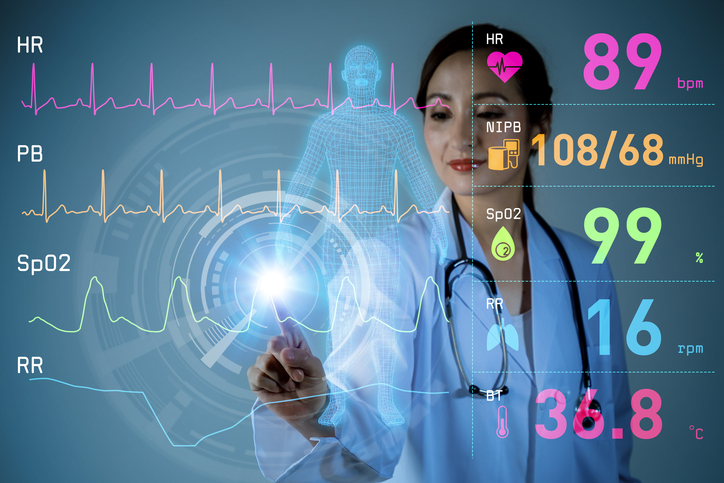
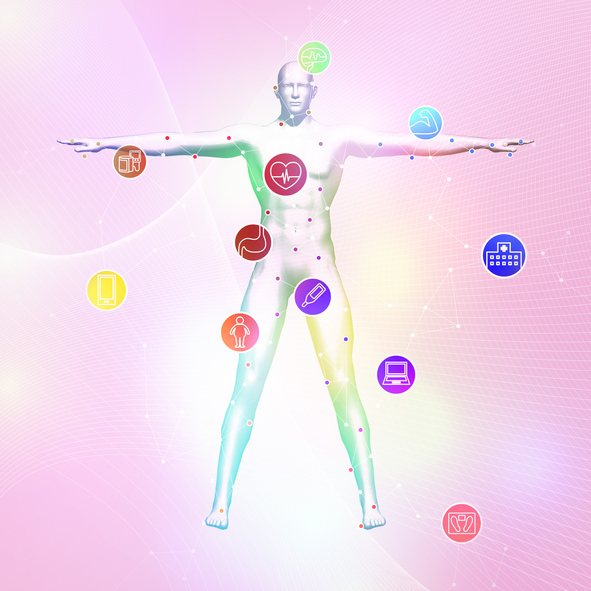

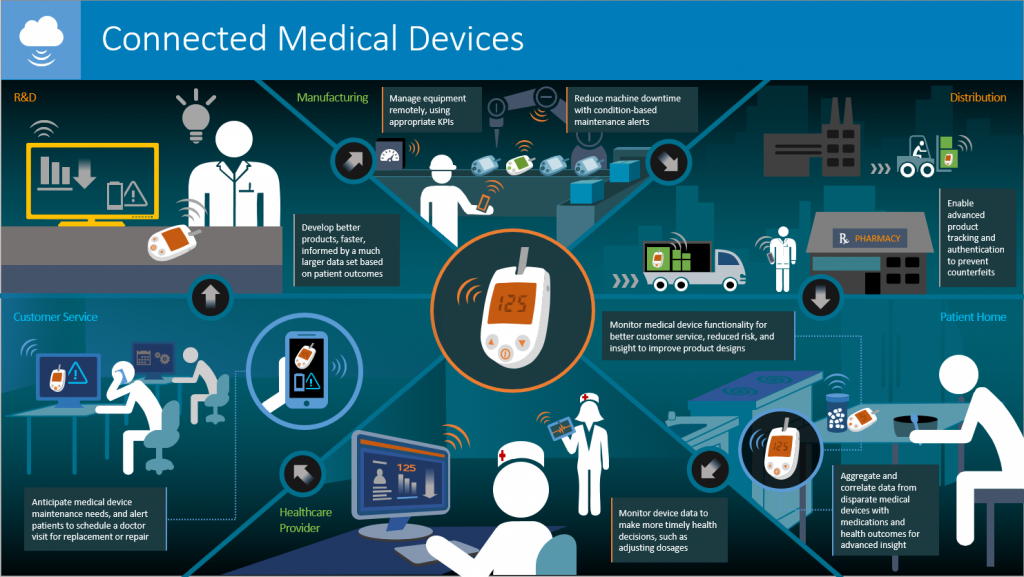


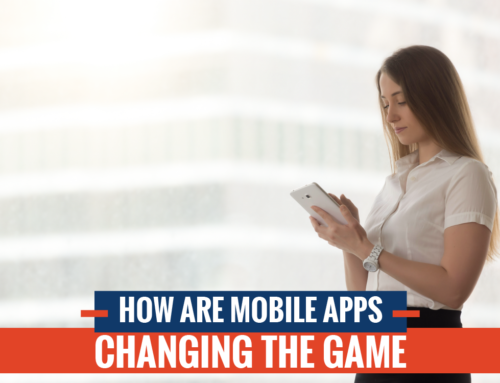
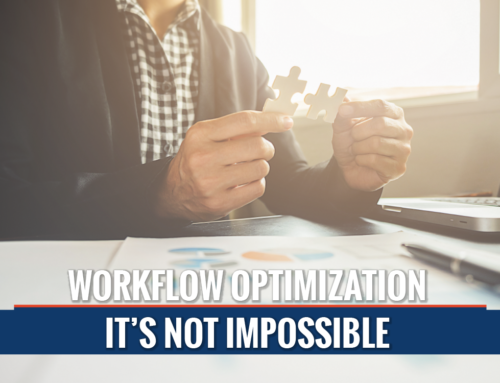


Leave A Comment